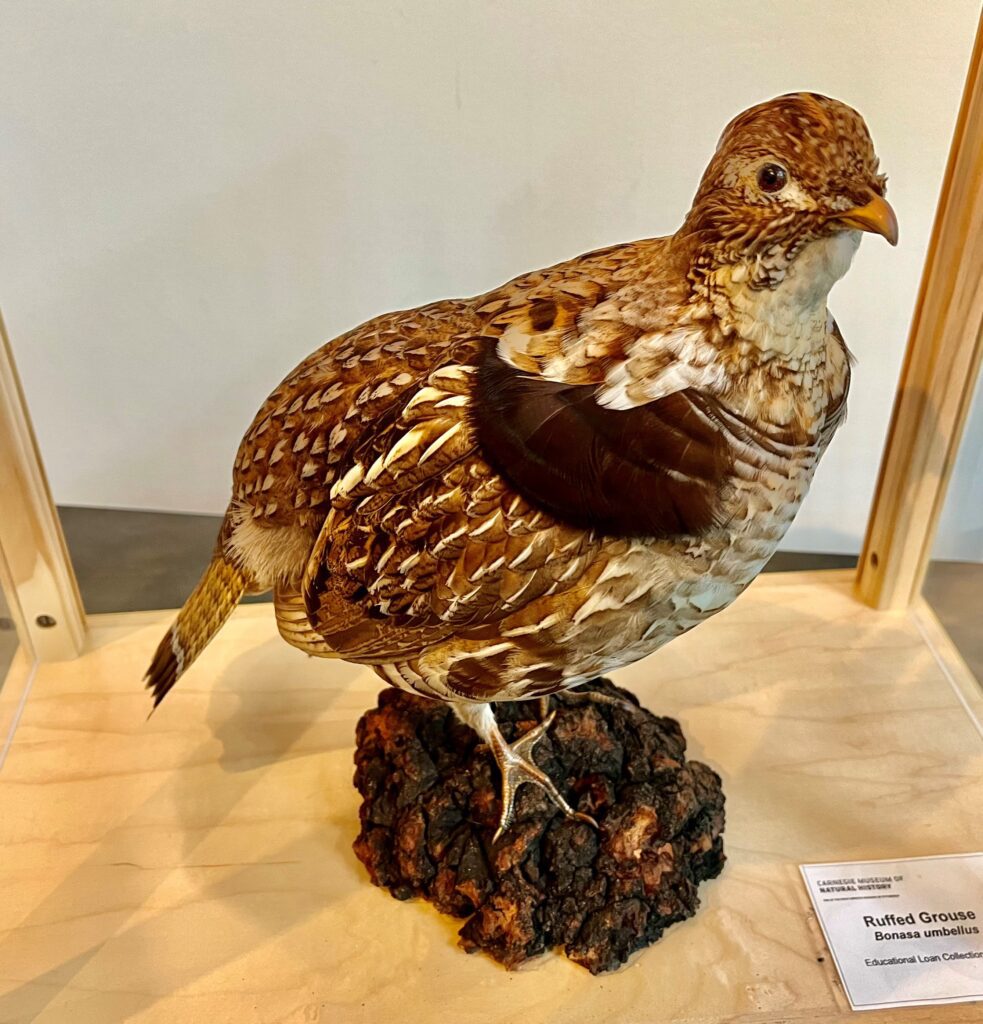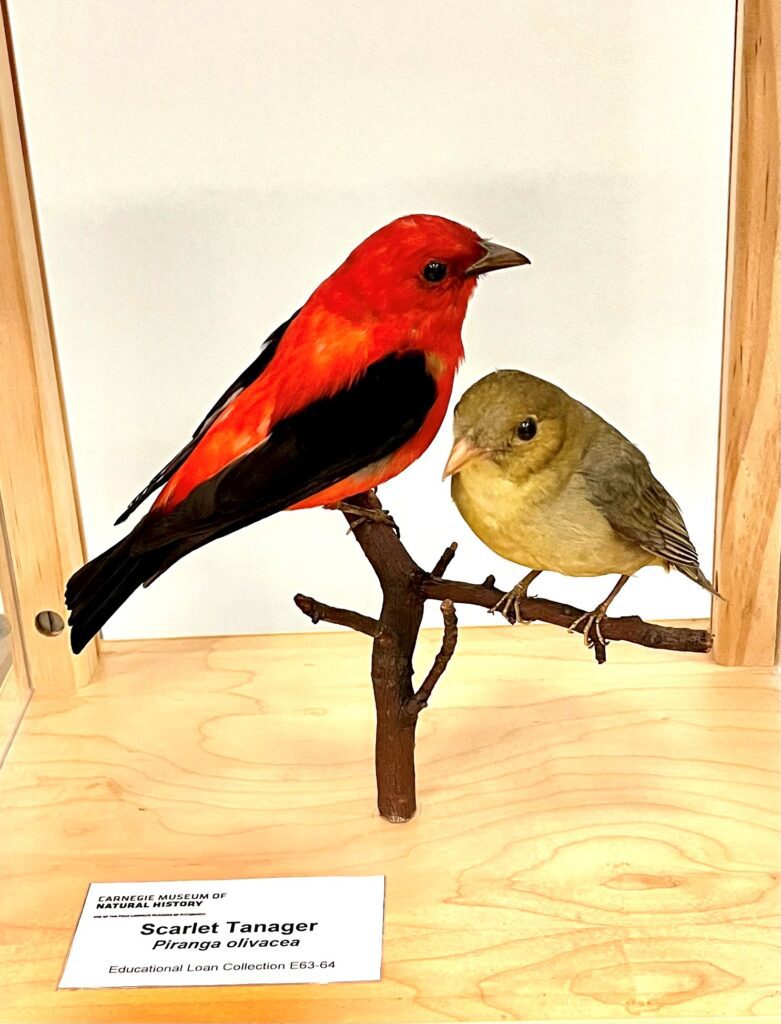by Pat McShea
Should a wildlife species representing a state reflect the creature’s abundance within the designated boundaries? Where state birds are concerned, the topic is now wide open for discussion because of an enlightening article in the spring issue of Living Bird, the quarterly publication of the Cornell Lab of Ornithology.
In “What if the State Birds Were Determined by Data?” authors Matt Smith, an applications programmer for the Lab’s Macaulay Library, and Marc Devokaitis, associate editor for Living Bird, make a strong case for the “thought experiment” of revising such symbols. They trace the current arrangement to a campaign by the General Federation of Women’s Clubs in the 1920s that eventually resulted in a designated “bird of honor” for all 50 states, the District of Columbia, and the 13 provinces and territories of Canada.
Chief among the current system’s deficiencies are birds earning honors for multiple states. The Northern Cardinal, for example, holds the revered position in seven states, creating a red bird belt stretching westward from North Carolina and Virginia across West Virginia, Ohio, Kentucky, Indiana, and Illinois.
As remedy, Smith and Devokaitis suggest a more scientific selection process based upon millions of community science observation records in eBird, the vast and easily accessible electronic archive of bird sightings managed by Cornell Lab of Ornithology. Examination of this enormous data set, when paired with analysis of satellite-generated land-cover maps, reveals how the biogeographical conditions in many states favor the well-being of particular species. Selecting such species for recognition not only produces unique state bird designations, but also directs public attention to the ecosystem that supports the honored birds.
Here in Pennsylvania, where the Ruffed Grouse has reigned as our state bird since 1931, such data driven recommendations might seem unnecessary. No other state so honors the Ruffed Grouse, and the species’ collective value to Pennsylvania residents includes the gamebird’s historic importance as a food source and its current role as the focus of much upland sport hunting.

In a challenge to this status quo, documented observations and land cover conditions point to a smaller and brighter bird for state honors, the Scarlet Tanager. Pennsylvania, according to the reasoning behind the nomination, supports a greater breeding population of these songbirds than any other state.

The species, whose descriptive name is an apt description of the male bird in breeding plumage, could certainly attract advocates. In All About Birds, the Cornell Lab of Ornithology’s encyclopedic online reference, the nominee’s description begins with its pure visual appeal: Male Scarlet Tanagers are among the most blindingly gorgeous birds in an eastern forest in summer, with blood-red bodies set off by jet-black wings and tail. Viewing expectations are quickly tempered by subsequent sentences, which, after noting the dark-winged female’s otherwise yellowish-green plumage, and the species overall preference for high tree canopies, recommends using the birds’ distinctive call as an aid to visually locate them.
Whenever circumstances make it possible for such advice to be followed, there is great potential for the development of more ardent Scarlet Tanager fans. Gabi Hughes, Environmental Educator for the Audubon Society of Western Pennsylvania, recalls a spring when a male Scarlet Tanager would reliably sing from the woods just beyond the suburban Pittsburgh middle school campus where she was leading bird-focused activities with seventh grade students. By her estimate, over the course of multiple small group hikes, at least 80 seventh grade students saw and heard the bird, a creature introduced to them as a spring and summer resident of their neighborhood who had recently returned from wintering grounds as distant as Bolivia.
For Ruffed Grouse fans, declining populations, a trend attributable to reductions in the mixed forest stage habitat across Pennsylvania, as well as the species’ susceptibility to West Nile Virus, might be of far greater concern than a revision of symbolic honor. As a fallback position, Ruffed Grouse backers might even cite the specific wording of the relevant 1931 statute, making their case that “state game bird” should be regarded differently than “state bird.”
Pat McShea is an Educator at Carnegie Museum of Natural History.
Related Content
Bird Architecture on Human Infrastructure
Why Do the King Penguins in Bird Hall Look So Different from Each Other?
Carnegie Museum of Natural History Blog Citation Information
Blog author: McShea, PatrickPublication date: July 7, 2023
